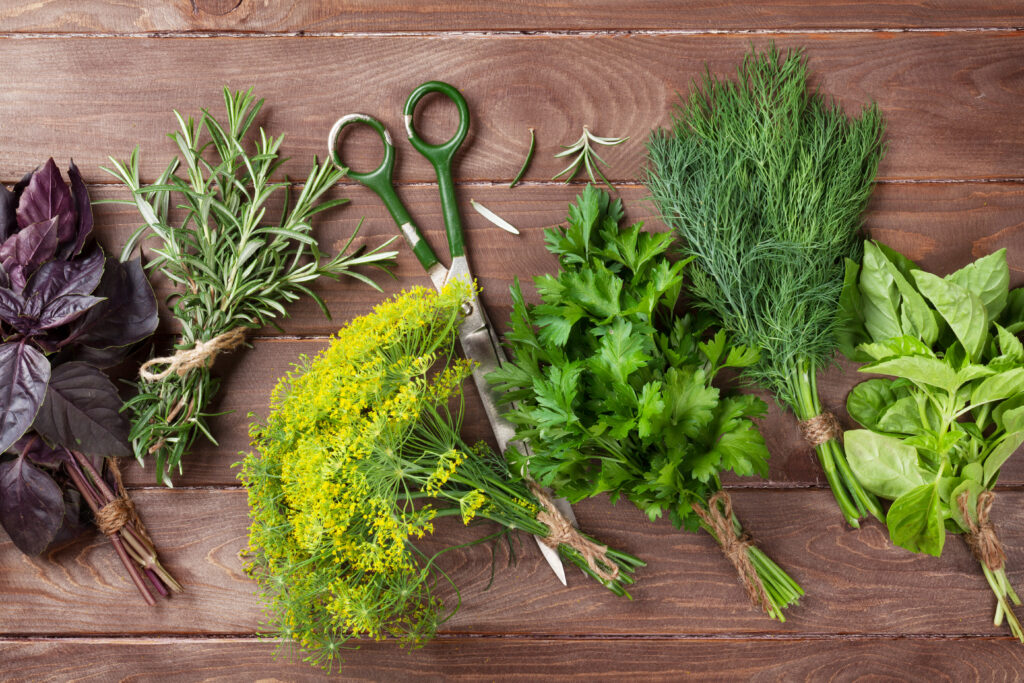
Nutritional Facts about Herbs, Spices & Aromatic Seeds
Globally, the cooking experts and professionals strive on only 3-types of ingredients to maintain the beauty and authenticity of their dish; the herbs, spices, and aromatic seeds. It is merely due to these three elements that we crave on to a particular flavor or a distinct taste. While we may find generic food recipes, we can bring out a special taste by experimenting with various herbs, spices, and aromatic seeds. Today, these ingredients are used widely. However, no one reflects upon their nutritional value. Do we? Well, let’s take a glimpse at the nutritional facts about herbs, spices, and aromatic seeds!
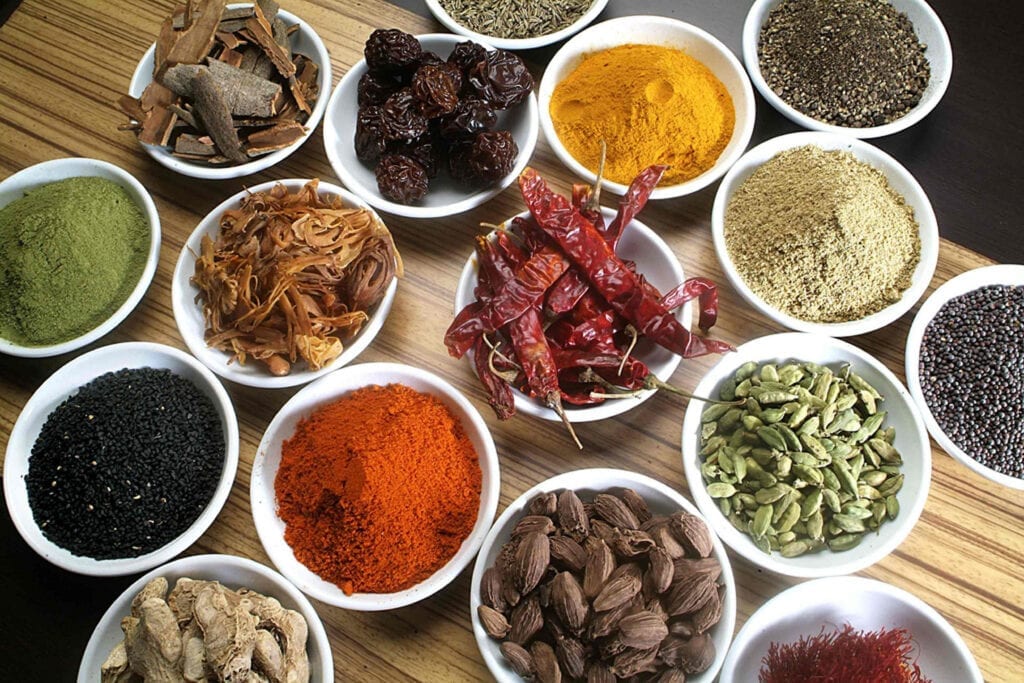
Versatile Use
Herbs, Spices & Aromatic Seeds- These are certainly, true and practical translation of the Powerpuff girl’s mantra; Sugar, Spice & Everything Nice. Together these three form the basic and most important components of the Asian (particularly Pakistan) Cuisine and lifestyle in general. And honestly, they keep us going!
The word ‘Herb’ refers to leafy, green parts of a plant such as mint, sage, parsley, etc. Apart from enriching your meal with nutrition and flavor, Herbs are used in medicines and supplements. Several herbs serve as a relaxant, and some even possess the power of helping with depression, stimulating the immune system, preventing heart disease, protecting the liver from toxins, and other severe health conditions. Herbs like Citronella even get used as insect repellents.
On the other hand, spices come from almost any part of the plant, excluding the green leaf. For example, cinnamon is the bark of the Cinnamomum Verum tree. In the culinary world, spices give a dish its identity. However, over time, humankind has discovered several health-related benefits of the wonderful condiments. Nowadays, spices are included in creams and balms as they’re capable of soothing muscular aches and pains. Moreover, scented candles also contain spices for aromatherapy. Similarly, aromatic seeds also come from various plants. They are used along with the blends of spices in dishes, in potpourri, and in healing home remedies.
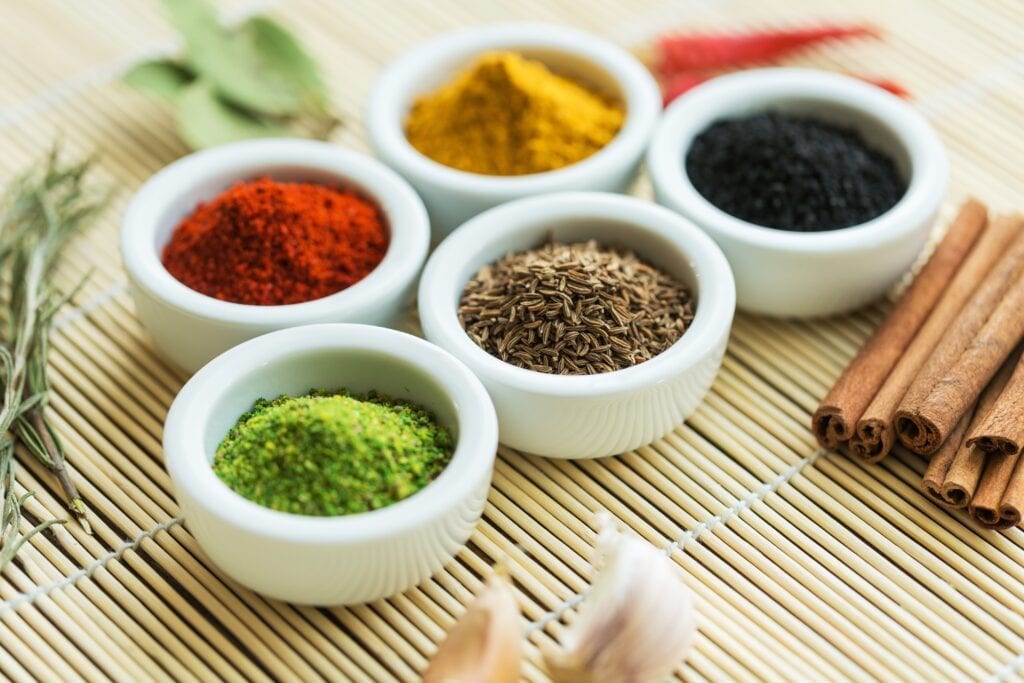
Nutrition in Spices
When it comes to the enhancement of flavors of a dish, the spices have already established its position as a valuable ingredient. However, recent studies and researches reveal the medicinal value of the presence of spices in food. With a complex range of chemical compounds, the spices consist of a tendency to prevent as well as heal certain health issues. For example, the Allspice comprises of a medicinal compound named Quercitin that is a flavonoid with antioxidant and anti-inflammatory effects. Thus, moderate consumption of Allspice helps in reducing inflammation, blood sugar level, and now has been proven to lessen the intensity of cancer.
Certain spices like Chili powders act against reflux acid and eliminates bacteria. Hence, reducing the chances of stomach ulcers and other related problems. The spices equally affect our brains. For example, the turmeric powder contains an active compound called Curcumin that boosts the brain-related hormone BDNF. Thus, increasing neuron production and preventing degenerative brain problems. Conclusively, spices play a vital role in human health and may help in augmentation of the brain to the stomach.
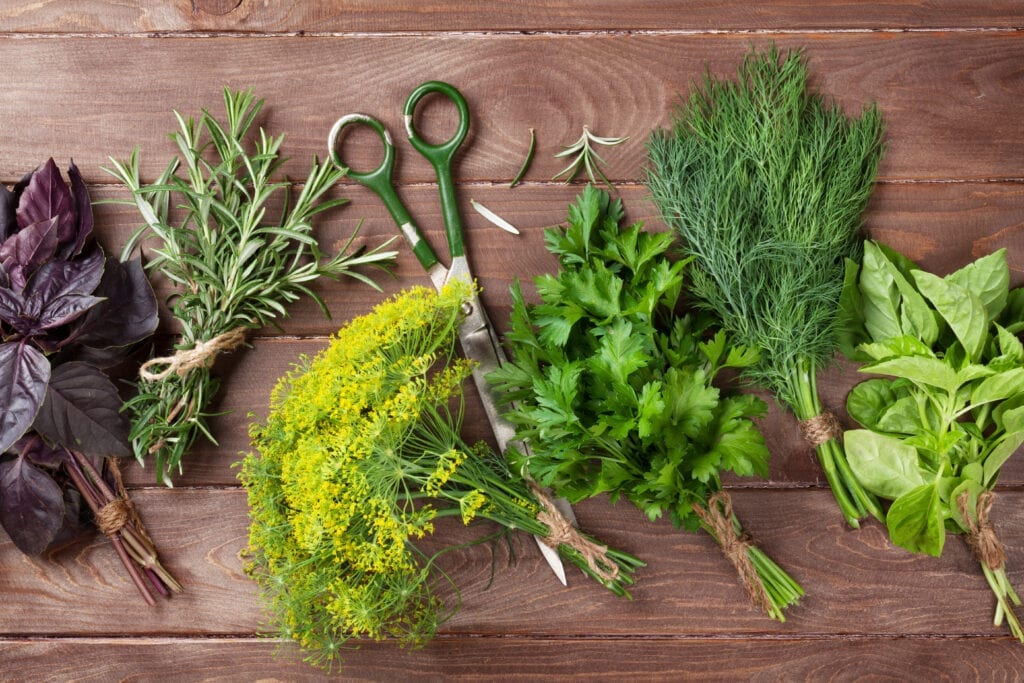
Nutrition in Herbs
Similar to spices, traditional herbs also possess significant potential to bring about positive and curative changes in a man’s body. At times, nutritional herbs get referred to as medicines in smaller packs. Gradually, the herbs influence our body with anti-inflammatory, anti-oxidant, anti-spasmodic, anti-septic, and many other effects. Of course, the effect of a particular herb will vary according to its chemical composition. However, the purpose behind each effect is to provide benefit. For example, Rosmarinic acid in the herb Mint is an anti-oxidant and anti-inflammatory agent. The substance has proven to treat seasonal allergies.
Parsley-a commonly used herb helps fight against diseases, like colon cancer and asthma. It is rich in Vitamin C that eliminates the toxins involved in the creation of these diseases. Also, it comprises of folic acid that reduces the levels of homocysteine. Thus, securing the blood vessels and the circulatory system from unnecessary damage. The herb Sage promotes oral health by inflicting anti-microbial effects that prevent the growth of dental plaque.
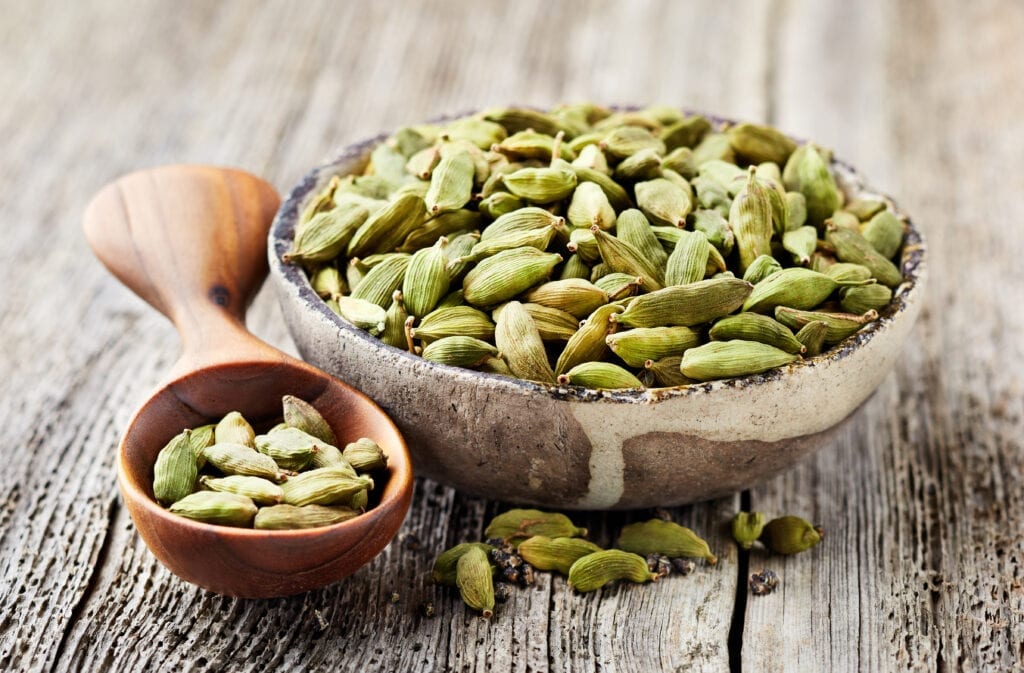
Nutrition Aromatic Seeds
Aromatic seeds come from the very same plants, which provide us with various beneficial herbs and spices. Generally, aromatic seeds are a good source of protein, vitamins, and fiber. Collectively, these nutrients improve digestion and the immune system. Hence, health experts often recommend these seeds when on a diet plan.
Seeds like that of sunflower and millet seeds are also an excellent source of minerals like potassium, magnesium, phosphorus, zinc, etc. Moreover, flax seeds provide Omega 3 as well as essential fatty acids. On the other hand, since poppy seeds are oily seeds, they provide linoleic acid and oleic acid. The most effective method of consuming these seeds is to combine a mix of nutritious seeds in your salad.
Conclusion
Now that you know the nutritional facts about the spices, herbs, and aromatic seeds, make sure that you use all these ingredients appropriately. Ponder upon the benefits of the food you consume daily and try to alter your diet accordingly so that you live a healthier and happier life.
Leave your comment
You must be logged in to post a comment.